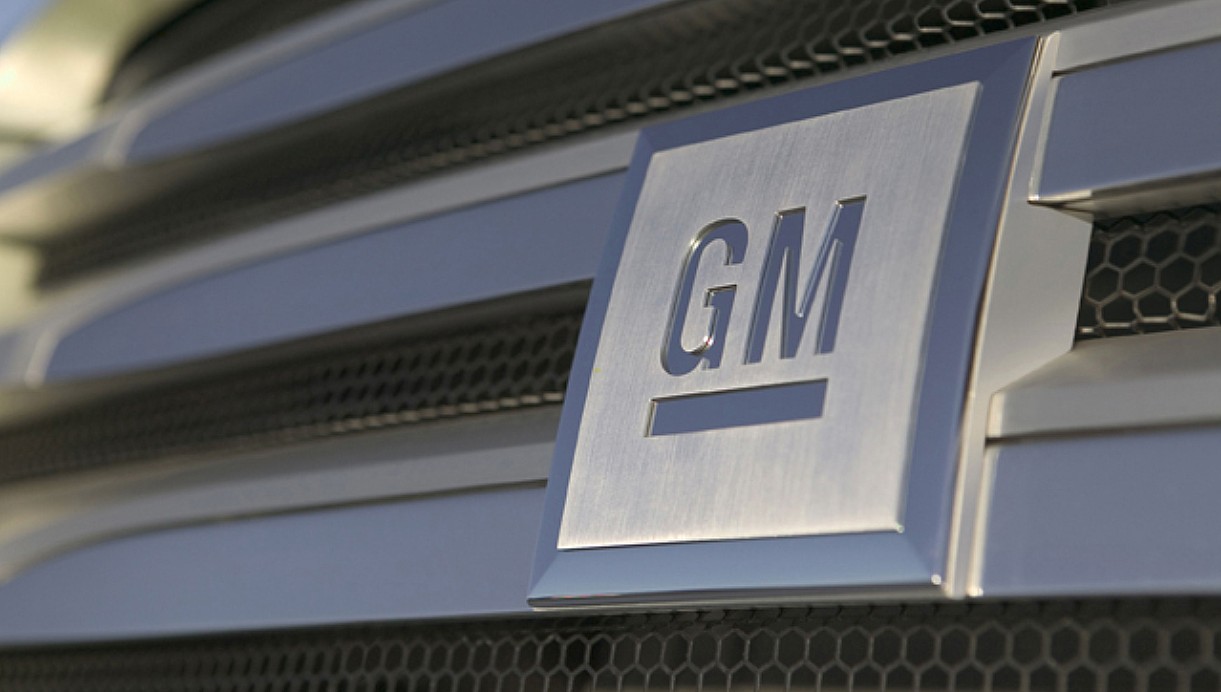General Motors has increased its electric vehicle investment by 75%, from $20 billion to $35 billion through 2025, the company announced on Wednesday.
The additional $15 billion investment will help support GM in its quest to develop electric and autonomous vehicles, as well as “accelerate its transformative strategy to become the market leader in EVs in North America; the global leader in battery and fuel cell technology through its Ultium battery platform and HYDROTEC fuel cells; and through Cruise, be the first to safely commercialize self-driving technology at scale.”
GM announced a while back in March 2020 that it would commit $20 billion to EV and AV programs from 2020 to 2025. The plan is to eventually transition its entire fleet of vehicles to be fully electric, but the company doesn’t plan to accomplish this until 2035. Nevertheless, the company seems to be relatively serious about its transition into sustainable forms of passenger transportation, even if the goal of 2035 isn’t lofty enough for some.
The Detroit-based GM entered the EV sector with the EV1 in 1996, which used a 16.5-18.7 kWh lead-acid battery in its earliest versions. The car ultimately never made it to mass production, and it was listed on TIME’s “50 Worst Cars of All-Time” list, which is harsh considering it was one of the first attempts at a battery-powered vehicle in the modern age.
GM has been relatively successful in its quest for EV powertrains in the 21st century. The Chevrolet Bolt is its main EV at the current time, which has sold relatively well in the grand scheme of things. However, the company is planning to continue launching new models in the future, most notably the GMC Hummer EV. GM also plans to roll out the Cadillac LYRIQ and the Chevrolet Silverado electric pickup in the coming years.
“We are investing aggressively in a comprehensive and highly-integrated plan to make sure that GM leads in all aspects of the transformation to a more sustainable future,” CEO and Chairwoman Mary Barra said.
“GM is targeting annual global EV sales of more than 1 million by 2025, and we are increasing our investment to scale faster because we see momentum building in the United States for electrification, along with customer demand for our product portfolio.”
Among the obvious point of expanding its product line in general, GM outlined several other finer points of its expanded investment in a press release.
- Accelerating Ultium battery cell production in the United States: GM is accelerating plans to build two new battery cell manufacturing plants in the United States by mid-decade to complement the Ultium Cells LLC plants under construction in Tennessee and Ohio. Further details about these new U.S. plants, including the locations, will be announced at a later date.
- Commercializing U.S.-made Ultium batteries and HYDROTEC fuel cells: In addition to collaborating with Honda to build two EVs using Ultium technology – one SUV for the Honda brand and one for the Acura brand – GM announced June 15 it has signed a memorandum of understanding to supply Ultium batteries and HYDROTEC fuel cells to Wabtec Corporation, which is developing the world’s first 100 percent battery-powered locomotive.
- Separately, GM will supply HYDROTEC to Navistar, Inc., which is developing hydrogen-powered heavy trucks to launch in 2024, and Liebherr-Aerospace, which is developing hydrogen-powered auxiliary power units for aircraft. Lockheed Martin and GM also are teaming up to develop the next generation of lunar vehicles to transport astronauts on the surface of the Moon, leveraging GM’s expertise in electric propulsion and autonomous technology.
- Today, GM is confirming plans to launch its third-generation HYDROTEC fuel cells with even greater power density and lower costs by mid-decade. GM manufactures its fuel cells in Brownstown Charter Township, Michigan, in a joint venture with Honda.
- Expanding and accelerating the rollout of EVs for retail and fleet customers: In November 2020, GM announced it would deliver 30 new EVs by 2025 globally, with two-thirds available in North America. Through the additional investments announced today, GM will add to its North America plan new electric commercial trucks and other products that will take advantage of the creative design opportunities and flexibility enabled by the Ultium Platform. In addition, GM will add additional U.S. assembly capacity for EV SUVs. Details will be announced at a later date.
- Safely deploying self-driving technology at scale: Cruise, GM’s majority-owned subsidiary, recently became the first company to receive permission from regulators in California to provide a driverless AV passenger service to the public. Cruise also was recently selected as the exclusive provider of AV rideshare services to the city of Dubai and is working with Honda to begin development of an AV testing program in Japan. In addition, GM Financial will provide a multi-year, $5 billion credit facility for Cruise to scale its Cruise Origin fleet. Developed through a partnership between GM, Honda, and Cruise, the Cruise Origin will be built at GM’s Factory ZERO Detroit-Hamtramck Assembly Center starting in early 2023.
The focus for Barra is based on the Earth, and making it a better place through sustainability, she said.
“There is a strong and growing conviction among our employees, customers, dealers, suppliers, unions, and investors, as well as policymakers, that electric vehicles and self-driving technology are the keys to a cleaner, safer world for all.”











